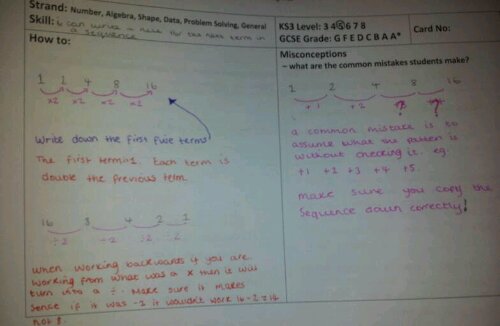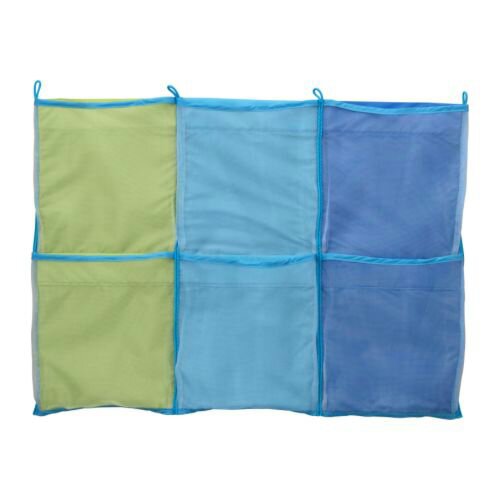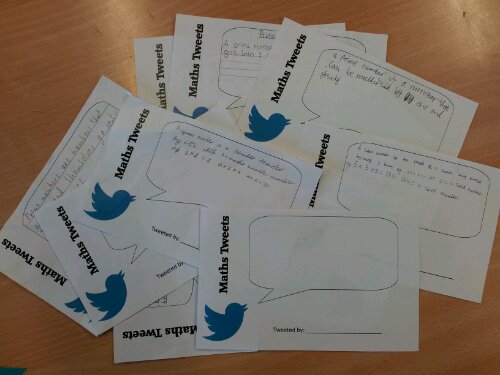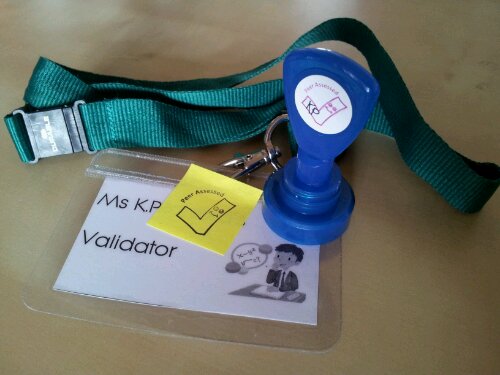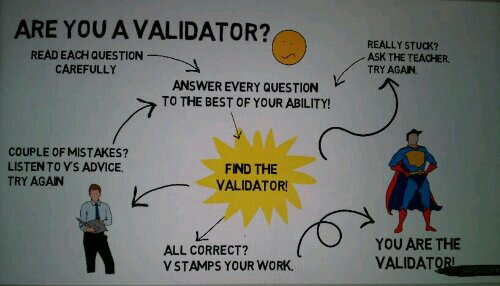In an ideal world you would issue a homework sheet with a deadline and then dutiful students would hand in beautiful pieces of work on the specified date.
In reality:
- the work is handed in
- the work is handed in late
- the work isn’t handed in because they’ve lost it
- the work isn’t handed in because they’ve left it at home
- what homework, I’ve got nothing in my planner?
I have a standard practice of printing 10% (or more) extra worksheets than I need given the track record of some of my students. Let’s just say lunch detentions happen so regularly for certain bods that they are referred to as ‘lunch dates’, much to the amusement of their friends! The annoying bit is finding/handing out the spare sheets and chasing deadlines. There is also the classic response of ‘I couldn’t get a new sheet because I couldn’t find you, Miss’.
I found this genius gadget in my local Asda (Walmart), but you could recreate it with laminated card and a pin-board.
- In each day section I record the homework set on that day – addresses the issue of not knowing there was homework.
- Each week I transfer last week’s deadlines across – no excuse for not knowing when work is due in.
- Underneath each day I pin a plastic wallet with the spare copies (but not the master copy) of the worksheet set – students can access spare sheets whenever they need to and I can find them quickly too (no more rummaging in folders/drawers)
- The board is stuck on the wall, near the main board so it is in the eyeline of the students – a constant reminder.
I’ve been using it for a month now and students are already helping themselves when they lose sheets. It’s also a much quicker reminder for me too.
The last word of this post has to go to my Year 11 frequent homework dodger:
‘We’ve got no excuse for not doing our homework now, have we Miss?’




